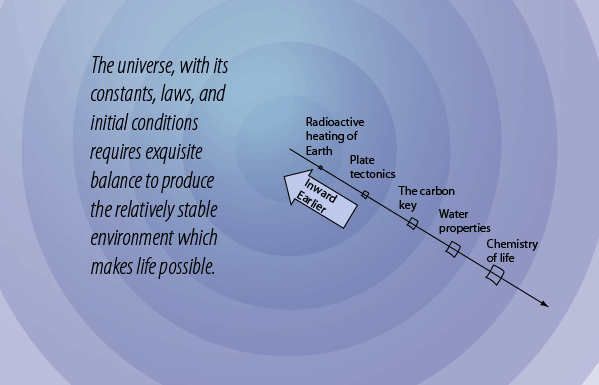The Radioactive Heating of the Earth

Since at some stage in the past we would presume that the Earth was in a hot , molten state, it would seem that the cooling of the Earth to its present temperature would take an extremely long time. When Lord Kelvin undertook the task of calculating the cooling time of the Earth, the result was surprisingly short - about 30,000 years. Compared to the apparent age of the Earth, this is just a moment. Kelvin realized the shortcomings of this approach but yet came to the conclusion that the Earth was probably not more than 200 million years old.
Another obvious factor is the Sun's input of energy to the Earth, which would warm it and at least slow the cooling from a molten state. But when that is factored in, the Earth of today would be expected to be much cooler - in fact below the freezing point of water. Soon after Kelvin's time it was realized that there must be another source of heat within the Earth that is helping to maintain its temperature. We can account for the needed heating by including the heat provided by the radioactive elements uranium, thorium and potassium in the Earth's crust and upper mantle.
Another interesting aspect of the picture of radioactive heating is that several generations of stars and several supernovae were required to provide the Earth with these radioactive elements. The nuclear synthesis of elements heavier than helium takes place in stars, and those heavier than bismuth are presumed to be created only in supernovae. Judging that the radioactive heating is necessary for the long-term habitability of the Earth, then the Earth's origin was timed well to take advantage of the their availability.
| What is the role of plate tectonics in the habitability of the Earth? |
HyperPhysics  | R Nave |